
Flora Danica is a comprehensive atlas of botany from the Age of Enlightenment, containing folio-sized pictures of all the wild plants native to Denmark, in the period from 1761 to 1883.

Morten Thrane Brünnich was a Danish zoologist and mineralogist.

Johan Frederik Clemens was a Pomeranian-Danish printmaker in etching.
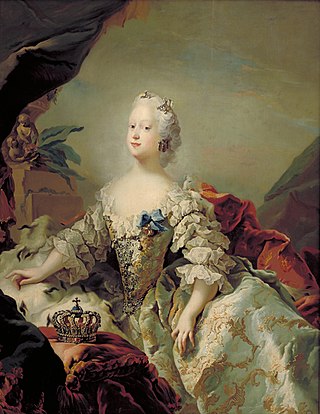
Louise of Great Britain was Queen of Denmark and Norway from 1746 until her death, as the first wife of King Frederick V. She was the youngest surviving daughter of King George II of Great Britain and Caroline of Ansbach.
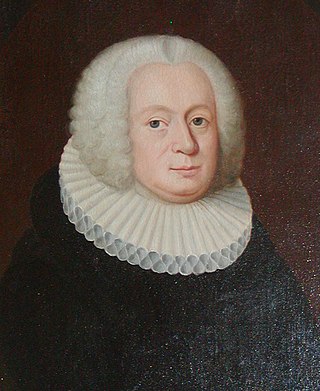
Erik Ludvigsen Pontoppidan was a Danish author, a Lutheran bishop of the Church of Norway, a historian, and an antiquarian. His Catechism of the Church of Denmark heavily influenced Danish and Norwegian religious thought and practice for roughly the next 200 years after its 1737 publication.

August Johann Rösel von Rosenhof was a German miniature painter, naturalist and entomologist. With his accurate, heavily detailed images of insects he was recognised as an important figure in modern entomology.
Events from the year 1688 in art.

Elizabeth Blackwell was a botanical illustrator best known as drawer and engraver of the plates for A Curious Herbal, published between 1737 and 1739. It illustrated medicinal plants in a reference work for the use of physicians and apothecaries.
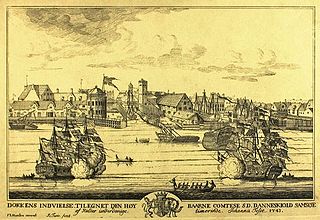
Johanna Marie Fosie was a Danish painter, the first professional native female artist in Denmark.

The Supreme Court is the supreme court and the third and final instance in all civil and criminal cases in the Kingdom of Denmark. It is based at Christiansborg Palace in Copenhagen which also houses the Danish Parliament and the Prime Minister's office.
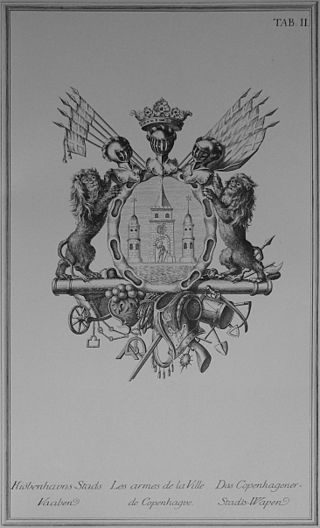
Den Danske Vitruvius is a richly illustrated 18th-century architectural work on Danish monumental buildings of the period, written by the Danish Baroque architect Lauritz de Thurah. It was commissioned by Christian VI in 1735 and published in two volumes between 1746 and 1749. The title refers to the Roman architect and engineer Vitruvius, who published De architectura in the 1st century AD, an authoritative treatise on the architecture of the time. The direct inspiration for de Thurah's Den Danske Vitruvius was Colen Campbell's Vitruvius Britannicus.

Peder Hansen Resen was a Danish historian, legal scholar and president of Copenhagen. He lived in what was then Denmark–Norway.

The Ordre de l'Union Parfaite was created by Queen consort Sophie Magdalene of Denmark and Norway on 7 August 1732 to celebrate the tenth anniversary of her happy marriage with King Christian VI of Denmark and Norway. It was given to both men and women. Its motto was In felicissimæ Unionis Memoriam.

Marienlyst Castle is a palatial residence located in Helsingør, Denmark. It was named after King Frederik V of Denmark's second wife, Juliana Maria, the queen consort of Denmark and Norway. The building formerly served as a royal pavilion of Kronborg Castle and was mostly used as a venue for pleasure and hunting. It was also used by the director-general of the Øresund Custom House, Colonel Adam Gottlob von Krogh and his wife Magdalene, between 1796 and 1847.
Johan Jacob Bruun was a Danish painter. Often working in gouaches, he is most known for his topographic prospects which herald the development of a Danish landscape painting.

Jacob Fosie was a Danish artist, watercolor painter, etcher, engraver, organist and author.
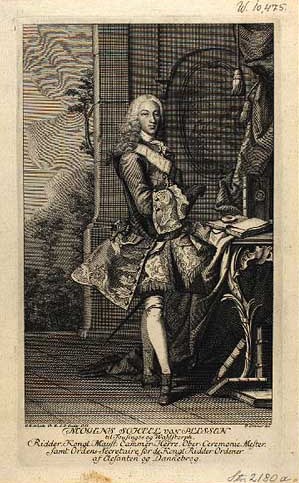
Odvardt Helmoldt von Lode, also Odvardt Helmoldt de Lode, was a Danish painter and engraver.
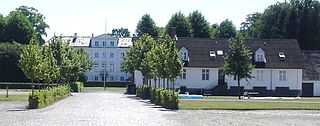
Lilliendal is a manor house and estate located at Vordingborg in southeastern Denmark. The estate covers approximately 800 hectares of mostly farmland. Lilliendal was established by Hans Gustav Lillienskiold (1727–1796) in the 1760s and later owned by the Knuth family for almost two hundred years from the 1800s to 1994. A relatively small main building from 1765 was expanded in the 1850s and again in 1919.
Hans Qvist was a Danish engraver.

Thomas Bugge was a Danish astronomer, mathematician and surveyor. He succeeded Christian Horrebow as professor of astronomy at the University of Copenhagen in 1777. His triangulation surveys of Denmark carried out under the auspices of the Royal Danish Academy of Sciences were instrumental in creating the first precise maps of Denmark. He served as president of the Royal Danish Society for Agriculture (1773–1783), director of the General Widows' Pension Fund (1782–), secretary of the Royal Danish Academy of Sciences (1801–1815) and three one-year terms as rector of the University of Copenhagen.

















